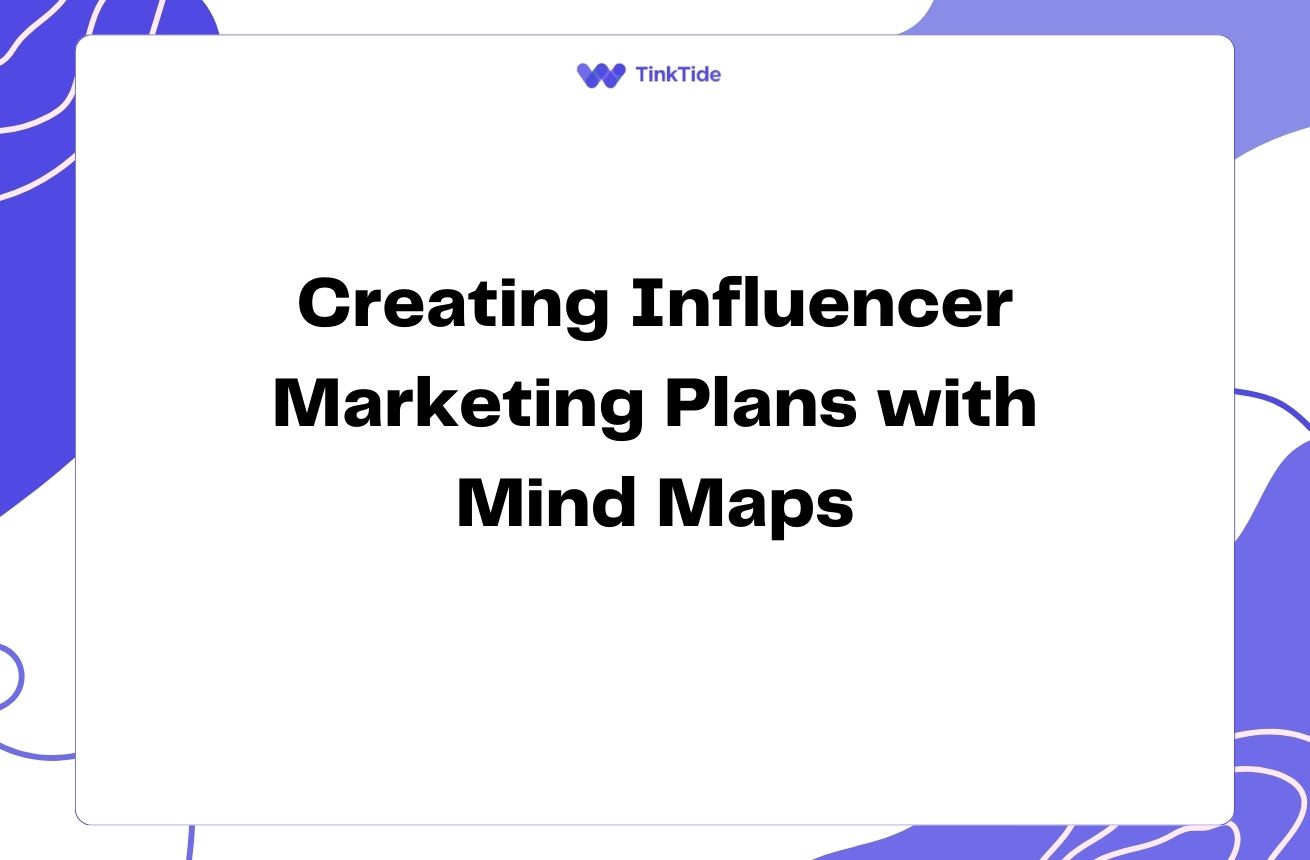Unleash Innovation in Renewable Energy: Ideation Techniques
The Power of Ideation in Renewable Energy
Innovation is the lifeblood of the renewable energy sector. As we face global climate challenges, finding new and improved ways to harness clean energy is crucial. Effective ideation techniques can spark groundbreaking solutions and drive the industry forward.
Ideation is the creative process of generating, developing, and communicating new ideas. In the context of renewable energy, it can lead to more efficient solar panels, advanced wind turbine designs, or novel energy storage solutions. By mastering ideation techniques, you can contribute to shaping a sustainable future.
Let's explore some powerful ideation methods that can help you unlock innovation in the renewable energy sector.
Brainstorming: The Classic Approach
Brainstorming remains a cornerstone of ideation. This technique involves gathering a diverse group of people to generate a large number of ideas quickly. When applied to renewable energy, brainstorming can yield unexpected solutions.
To make brainstorming more effective, consider using the SCAMPER technique. This method prompts participants to think about ways to Substitute, Combine, Adapt, Modify, Put to another use, Eliminate, or Reverse aspects of existing renewable energy technologies.
For example, you might brainstorm ways to adapt solar panel technology for use in extreme weather conditions or combine wind and wave energy in coastal areas.
Design Thinking for Renewable Energy
Design thinking is a human-centered approach to innovation that can be particularly valuable in the renewable energy sector. This method emphasizes empathy, defining problems clearly, ideating solutions, prototyping, and testing.
In the context of renewable energy, design thinking might involve:
- Empathizing with communities affected by energy poverty
- Defining challenges in implementing renewable energy in urban areas
- Ideating solutions for integrating renewable energy into existing infrastructure
- Prototyping small-scale renewable energy systems for testing
- Iterating based on real-world feedback from users and stakeholders
TRIZ: Systematic Innovation for Renewable Energy
TRIZ (Theory of Inventive Problem Solving) is a problem-solving methodology based on logic and data, not intuition. It's particularly useful for tackling complex technical challenges in renewable energy.
TRIZ is based on the idea that many problems have been solved before in other fields. By identifying and applying these universal principles, you can find innovative solutions to renewable energy challenges.
For instance, TRIZ principles could be applied to improve the efficiency of wind turbines by looking at how nature has solved similar problems, such as the aerodynamics of bird wings or the structure of plant stems.
Biomimicry: Nature-Inspired Renewable Energy Solutions
Biomimicry is an approach to innovation that seeks sustainable solutions by emulating nature's time-tested patterns and strategies. This ideation technique can be particularly fruitful in the renewable energy sector.
For example, researchers have developed more efficient solar cells by mimicking the structure of butterfly wings. Similarly, wind turbine designs have been improved by studying the shape of humpback whale fins.
To use biomimicry in your ideation process, consider how natural systems capture, store, and distribute energy. Look for inspiration in plants, animals, and ecosystems that have evolved efficient energy solutions.
Collaborative Platforms and Open Innovation
In the digital age, ideation doesn't have to be limited to a single team or organization. Collaborative platforms and open innovation initiatives can tap into collective intelligence to solve renewable energy challenges.
Platforms like InnoCentive or NineSigma allow organizations to post challenges and receive solutions from a global community of problem solvers. This approach can bring fresh perspectives and interdisciplinary insights to renewable energy innovation.
Consider participating in or organizing hackathons, innovation contests, or online forums focused on renewable energy. These collaborative efforts can spark unexpected ideas and foster partnerships that drive innovation forward.
Implementing Ideation Techniques: A Step-by-Step Guide
To make the most of these ideation techniques in the renewable energy sector, follow these steps:
- Define the problem: Clearly articulate the specific challenge you're trying to solve in renewable energy.
- Choose the right technique: Select the ideation method that best fits your problem and team dynamics.
- Gather a diverse team: Include people with different backgrounds and expertise for a wider range of ideas.
- Create a supportive environment: Foster a judgment-free zone where all ideas are welcome.
- Document everything: Capture all ideas, no matter how unconventional they may seem.
- Evaluate and refine: After the ideation session, assess the ideas and develop the most promising ones further.
- Prototype and test: Turn the best ideas into prototypes and test them in real-world conditions.
Overcoming Ideation Challenges in Renewable Energy
Ideation in the renewable energy sector can face unique challenges. Technical complexity, regulatory constraints, and the need for large-scale implementation can sometimes stifle creativity.
To overcome these hurdles, encourage 'wild' ideas during ideation sessions. Sometimes, the most outlandish concepts can lead to practical innovations when refined. Also, consider involving experts from other fields who can bring fresh perspectives unburdened by industry assumptions.
Remember that ideation is just the first step. Be prepared to champion promising ideas through the development process, navigating technical, financial, and regulatory challenges along the way.
Frequently Asked Questions
Here are some common questions about ideation techniques in renewable energy:
How often should we conduct ideation sessions for renewable energy innovation?
The frequency of ideation sessions can vary depending on your organization's needs and resources. However, making ideation a regular part of your innovation process is crucial. Consider holding monthly brainstorming sessions and quarterly design thinking workshops. Additionally, maintain an ongoing channel for idea submission to capture inspiration as it strikes.
How can we ensure our ideation sessions lead to practical innovations?
While it's important to encourage creativity during ideation, you can increase the likelihood of practical outcomes by: 1) Clearly defining the problem or challenge beforehand, 2) Including a mix of creative thinkers and technical experts in your sessions, 3) Using techniques like TRIZ that are grounded in proven problem-solving principles, and 4) Implementing a structured evaluation process to identify the most promising ideas for further development.
What role does artificial intelligence play in ideation for renewable energy?
AI is increasingly being used to enhance ideation in renewable energy. Machine learning algorithms can analyze vast amounts of data to identify patterns and suggest novel approaches. AI can also help in predicting the potential impact of new ideas and optimizing designs. Tools like generative design software can produce numerous iterations of a concept, pushing the boundaries of traditional design thinking.
How can we involve end-users in the ideation process for renewable energy solutions?
Involving end-users is crucial for developing user-friendly and effective renewable energy solutions. You can engage users through surveys, focus groups, or co-creation workshops. Consider using methods from participatory design, where users are actively involved in the design process. For larger-scale input, digital platforms and social media can be used to gather ideas and feedback from a wider audience.
What are some common pitfalls to avoid during ideation for renewable energy innovation?
Some common pitfalls include: 1) Focusing too narrowly on current technologies and missing potential breakthroughs, 2) Ignoring economic or practical constraints entirely, leading to unrealistic ideas, 3) Failing to consider the entire lifecycle and environmental impact of new solutions, 4) Not involving a diverse enough group in the ideation process, and 5) Neglecting to follow through on promising ideas due to lack of resources or commitment.
Additional Resources
IDEO U: Design Thinking Course
Learn the fundamentals of design thinking to apply to renewable energy challenges.
Biomimicry Institute
Explore how nature's solutions can inspire renewable energy innovations.
TRIZ Journal
Access articles and resources on applying TRIZ to technical problems.
OpenIDEO
Participate in global innovation challenges, including those related to renewable energy.
Energy.gov Innovation Portal
Stay updated on the latest innovations and opportunities in renewable energy.
Energize Your Innovation Process
Effective ideation techniques are powerful tools for driving innovation in the renewable energy sector. By employing methods like brainstorming, design thinking, TRIZ, and biomimicry, you can generate groundbreaking ideas that could reshape the future of clean energy.
Remember, the key to successful ideation is persistence and openness to new perspectives. Don't be discouraged if your first attempts don't yield immediate breakthroughs. Innovation in renewable energy is a journey, and each ideation session brings you one step closer to the next big idea.
Start implementing these techniques in your work today. Your next ideation session could spark the innovation that helps solve our global energy challenges and creates a more sustainable world for all.
Supercharge Your Renewable Energy Innovation
Ready to take your ideation skills to the next level? Start your free trial of our innovation management platform today.
Start Your Free Trial

